Buy this painting Groningen Netherlands (painting) by Bert Hooijer as a reproduction on canvas, ArtFrame, poster and wallpaper, printed on demand in high quality.
About "Groningen Netherlands (painting)"
by Bert Hooijer
About the artwork
Groningen (Gronings: Grunn, Grunnen or Stad, Frisian: Grins, [ɡre:ⁿs]?), is the capital of the Dutch province of Groningen, and the largest nucleus in the municipality of the same name. The place is referred to as City in the provinces of Groningen and Drenthe. In 2021, the city of Groningen had a population of 202,900. It is the largest city in the northern Netherlands. Groningen is part of the Groningen-Assen Region partnership. No written city rights are known about Groningen. Due to its relatively isolated location in relation to successive actual power centres (Utrecht, The Hague, and Brussels), the city historically depended mainly on itself and its immediate surroundings. As a Hanseatic city, Groningen was part of the North German trade network, but it later became mainly a regional market centre. After this, Groningen gradually developed into an influential centre of power. During the 15th century, at the height of its power, the city could actually be considered a city-state. Since the Republic, Groningen nominally belonged to the Netherlands, but until the French era, Groningen actually remained an autonomous city, lord of most of the province. After the French era, the city lost its dominant position in the province, and Groningen developed from a municipality of 23,000 inhabitants in 1795 to a municipality of around 100,000 inhabitants in 1930. There was fighting in Groningen at the end of World War II, and much of the city centre went up in flames during the liberation in 1945. Today, Groningen is a city of varied commerce and industry. Groningen is also a student city with over 60,000 students, nearly 35,000 of whom live in the city (2018).

About Bert Hooijer
Hooijer Media & Graphics started out of a passion for designing and developing striking graphic design. I invent, create and design unique graphic designs. In very high quality because only the best is good enough... Read more…
 Germany
Germany Ordered in March 2023
Ordered in March 2023
 Germany
Germany Ordered in September 2019
Ordered in September 2019
 Netherlands
Netherlands Ordered in December 2024
Ordered in December 2024
 Netherlands
Netherlands Ordered in June 2019
Ordered in June 2019
 Netherlands
Netherlands Ordered in January 2019
Ordered in January 2019
 Germany
Germany Ordered in February 2021
Ordered in February 2021
 Germany
Germany Ordered in March 2023
Ordered in March 2023
 Netherlands
Netherlands Ordered in September 2019
Ordered in September 2019
 Germany
Germany Ordered in November 2023
Ordered in November 2023
 Netherlands
Netherlands Ordered in July 2023
Ordered in July 2023
 Netherlands
Netherlands Ordered in September 2017
Ordered in September 2017
 Netherlands
Netherlands Ordered in October 2022
Ordered in October 2022
About the material
ArtFrame™
Interchangeable Art Prints
- High-quality print
- Easily interchangeable
- Acoustic function
- Large sizes available
Discover the artworks of Bert Hooijer
 The beauty of AfricaBert Hooijer
The beauty of AfricaBert Hooijer The eyes of a lionBert Hooijer
The eyes of a lionBert Hooijer The Scottish HighlanderBert Hooijer
The Scottish HighlanderBert Hooijer Sleeping lionBert Hooijer
Sleeping lionBert Hooijer Scottish HighlanderBert Hooijer
Scottish HighlanderBert Hooijer King and QueenBert Hooijer
King and QueenBert Hooijer A lion familyBert Hooijer
A lion familyBert Hooijer lion family with cubsBert Hooijer
lion family with cubsBert Hooijer Lion family with 3 cubsBert Hooijer
Lion family with 3 cubsBert Hooijer The lion and the Scottish HighlanderBert Hooijer
The lion and the Scottish HighlanderBert Hooijer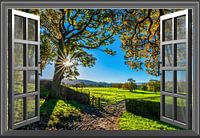 Windows different versionsBert Hooijer
Windows different versionsBert Hooijer Full lipsBert Hooijer
Full lipsBert Hooijer lion family with 3 cubsBert Hooijer
lion family with 3 cubsBert Hooijer Lion family with 4 cubsBert Hooijer
Lion family with 4 cubsBert Hooijer Lion family with 1 cubBert Hooijer
Lion family with 1 cubBert Hooijer lion family with 1 cubBert Hooijer
lion family with 1 cubBert Hooijer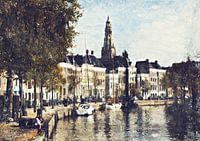 Groningen Netherlands (painting)Bert Hooijer
Groningen Netherlands (painting)Bert Hooijer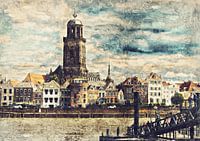 Deventer (painting)Bert Hooijer
Deventer (painting)Bert Hooijer The Scottish HighlanderBert Hooijer
The Scottish HighlanderBert Hooijer Lion family with 1 cubBert Hooijer
Lion family with 1 cubBert Hooijer
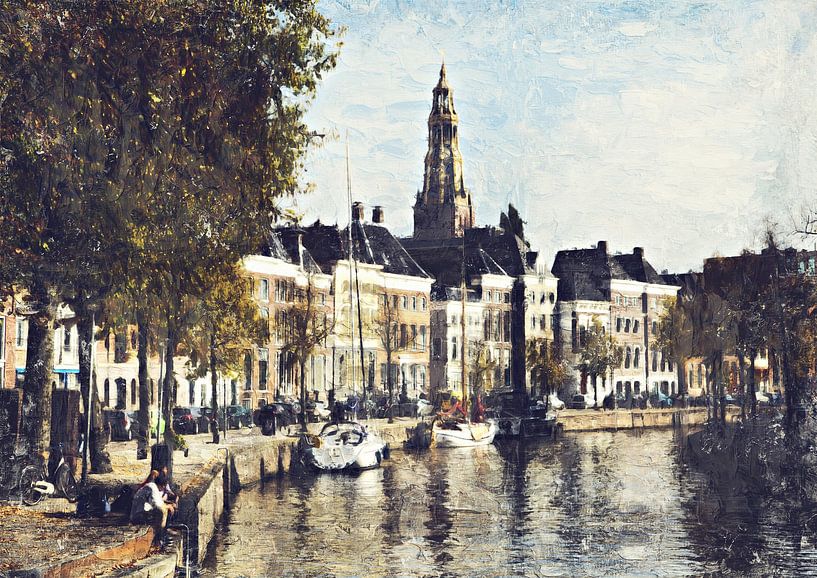

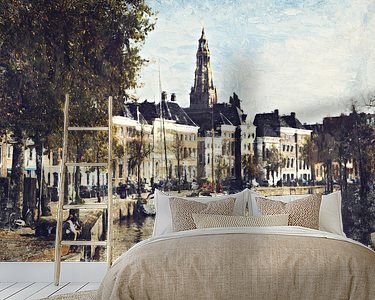
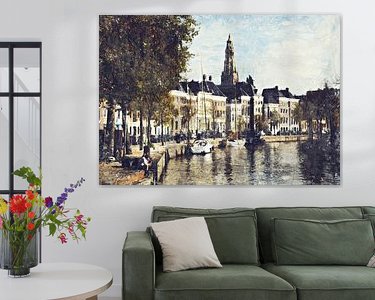

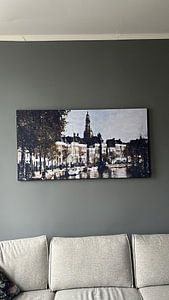
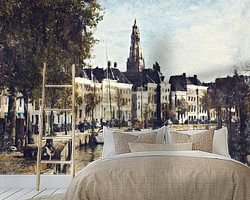
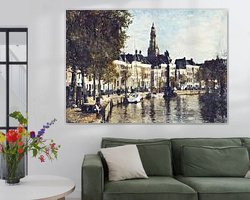

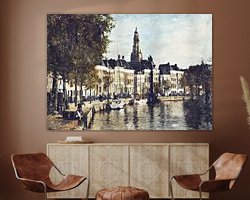
 Groningen
Groningen Martinitors
Martinitors Nostalgic Memories
Nostalgic Memories Oil painting
Oil painting Serene Peace
Serene Peace









